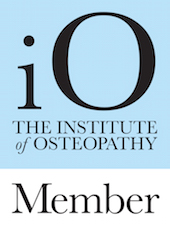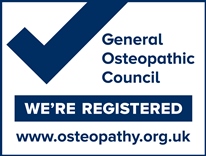We use kinesiology taping quite a bit in our clinic and I personally work with SportTape to deliver fundamentals and specialist taping courses all around the UK. We’re always asked about the evidence for k-taping and as such, I keep an eye on the research that’s coming out… and there’s a LOT. Almost every month there are new papers being published and here are a new batch that were published recently.
Kinesio Taping for temporomandibular disorders: Single-blind, randomized, controlled trial of effectiveness.
Coskun Benlidayi et al (2016)
Patients with TMDs were randomized into experimental and control groups. The experimental group (n= 14) received KT in combination with counseling and jaw exercise, whilst controls (n= 14) were given the regimen of counseling and exercise alone.
RESULTS:
Active mouth opening improved more in the experimental group than controls. In the experimental group, VAS for temporomandibular joint, masticatory efficiency and functional limitation improved significantly at the sixth week when compared to baseline, but not in controls. Pain, depression and disability scores reduced significantly in the experimental group but not in controls.
CONCLUSION:
KT in combination with counseling and exercise is more effective than counseling and exercise alone in TMDs.
***
Kinesio taping as a treatment method in the acute phase of ACL reconstruction: A double-blind, placebo-controlled study.
Balki et al (2016)
30 male patients with ACL reconstruction were randomly assigned to two groups: (1) an experimental group to receive a KT treatment through the muscle and lymphatic correction techniques; or (2) a control group for sham KT. The groups were compared according to range of motion (ROM), pain, swelling and muscle strength before treatment and on the fifth and tenth treatment days.
RESULTS:
Comparisons showed significant improvements in both groups. In comparison to the control group, the experimental group showed significant improvements in swelling around the patella, all pain measurements and hamstring muscle strength on the fifth KT day and knee flexion range of motion, night pain, all swelling measurements and hamstring muscle strength on the tenth KT day.
CONCLUSION:
Results revealed that KT techniques applied in addition to the acute rehabilitation program of ACL reconstruction are beneficial in treatment of pain, swelling, knee flexion ROM, and hamstring muscle strength.
***
The comparative efficacy of kinesio taping and local injection therapy in patients with subacromial impingement syndrome.
Goksu et al (2016)
61 patients were randomized into two treatment groups receiving either a single corticosteroid and local anesthetic (LA) injection, or kinesio taping performed three times by intervals of 3 days. A exercise program was prescribed for both groups including pendulum, active range of motion (ROM) and strengthening exercises.
RESULTS:
Pain and functional outcome measures improved significantly in both groups, but were more significant in the injection group than in kinesio taping group. The improvements in pain at rest, shoulder abduction degrees, and SPADI scores were statistically higher in injection group than in kinesio taping group.
CONCLUSION:
Although the improvement in pain intensity at rest, ROM and disability were better with local injection, KT may be an alternative noninvasive method to local subacromial injection for patients suffering from subacromial impingement syndrome.
***
Short term effects of kinesio taping on pain and functional disability in young females with menstrual low back pain: A randomised control trial study.
Forozeshfard et al (2016)
32 young females with menstrual LBP participated in this crossover study and were assigned randomly in two separate groups. The first group received KT during their first menstrual cycle and No-KT in their next menstrual, while the other group had no KT during the first mentrual cycle and received KT during the next menstrual cycle.
RESULTS:
Comparing pain and disability between two conditions, of menstrual cycle with KT and menstrual cycle without KT, revealed significant reduction in pain and functional disability by using KT during menstrual cycle.
CONCLUSIONS:
Results showed that KT may effectively reduce pain and disability. The findings may support the clinical application of kinesiotaping in young females with menstrual LBP.
***
So some interesting results there, across a really diverse range of problems. They’re still small numbers of patients involved in each trial but it certainly adds to the growing evidence base for this non-invasive treatment approach.
Richard


 February 26, 2017 | Posted by Richard
February 26, 2017 | Posted by Richard  Categories:
Categories:  Tags: |
Tags: | 
